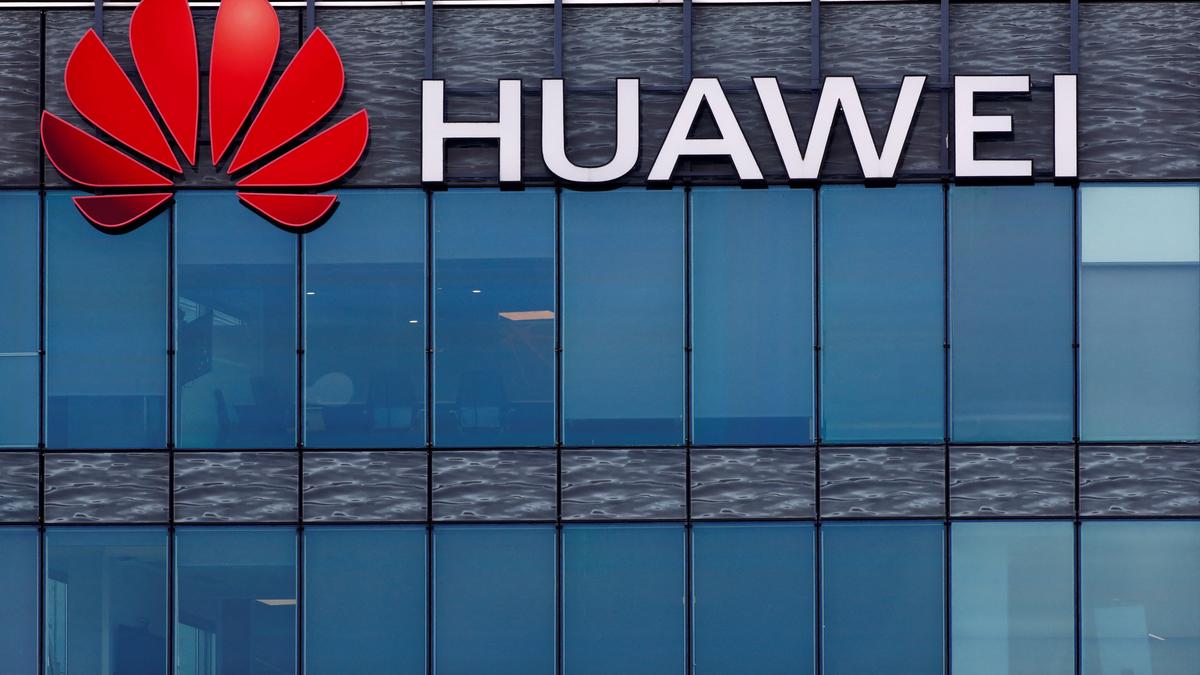Did you hear the buzz? Huawei is back on top! In a stunning comeback, Huawei reclaimed the throne as China's leading smartphone brand in Q4 2024, snatching the top spot from the competition. This incredible victory marks the first time since the US ban that Huawei has achieved such dominance.
Huawei's Triumphant Return to the Top
The numbers speak for themselves: Huawei boasted a robust 18.1% market share in Q4 2024, leaving Xiaomi (17.2%) and Apple (17.1%) in its wake. This remarkable achievement is even more impressive when considering that Apple experienced a significant 18.2% year-over-year (YoY) sales decline in the Chinese market. What fueled this phenomenal rise? The introduction of the mid-end Nova 13 series and high-end Mate 70 series, leading to a 15.5% YoY sales increase for Huawei. This strategic product launch tapped into consumer demands and proved instrumental in reclaiming market leadership.
The Nova 13 and Mate 70 Series: Key Drivers of Success
The Nova 13 series addressed the need for affordable yet stylish smartphones, effectively capturing a wide range of consumers. The Mate 70, on the other hand, targeted the premium market with its cutting-edge technology, sophisticated features, and sleek design, appealing to consumers who demand cutting-edge features and a premium experience.
A Strategic Comeback in a Challenging Market
This victory highlights Huawei's resilience and strategic prowess in navigating the complex challenges imposed by trade restrictions. This achievement highlights the company's adaptive capabilities and its strategic understanding of market dynamics.
Xiaomi's Strong Performance and Premiumization Strategy
While Huawei took the lead, Xiaomi showcased strong performance securing second place with a remarkable 17.2% market share. Their growth was notably propelled by the well-received Mi 15 flagship series, which further solidified their position in the fiercely competitive market. Xiaomi's success story demonstrates its brand expansion and innovative product line. The successful launch of Xiaomi's electric vehicle (EV) venture, also bolstered the brand's image. Xiaomi's increased focus on creating premium smartphones has enhanced brand perception, thus further elevating smartphone sales.
Premiumization: The Future of Smartphones
Both Huawei and Xiaomi's successful strategies highlight the rising trend of "premiumization" within the Chinese smartphone industry, which includes focusing on innovation and features that make smartphones desirable for high-spending consumers.
Overall Market Trends: A Cautious Outlook
Despite Huawei and Xiaomi's individual successes, the overall Chinese smartphone market exhibited a slight decline of 3.2% YoY in Q4 2024, breaking the positive growth trend of the first three quarters. While 2024 saw a modest overall increase of 1.5% compared to 2023, this decline suggests an increased preference for consumer spending on other sectors. Consumers in China became more selective about the purchases, particularly after recovering from Covid, which is important to bear in mind in assessing this data. While positive momentum had been seen in earlier quarters, cautious spending in Q4 tempered overall sales.
Cautious Consumer Spending Impacts the Market
The observed decline in Q4 2024 emphasizes the impact of fluctuating market conditions on consumer confidence. Overall, these trends highlight the ongoing market volatility and consumers adopting careful purchasing behaviours.
Take Away Points
- Huawei’s remarkable return to the top spot showcases the resilience and strategic acumen of Chinese smartphone manufacturers in dealing with significant challenges.
- The success of Huawei’s Nova 13 and Mate 70 series underscores the effectiveness of product diversification in targeting broader market segments.
- Xiaomi’s sustained growth despite market headwinds emphasizes their capabilities in brand building and premium smartphone manufacturing.
- The shift toward cautious spending in Q4 2024 indicates the cyclical nature of consumer electronics markets and suggests more caution from market players moving forward.




